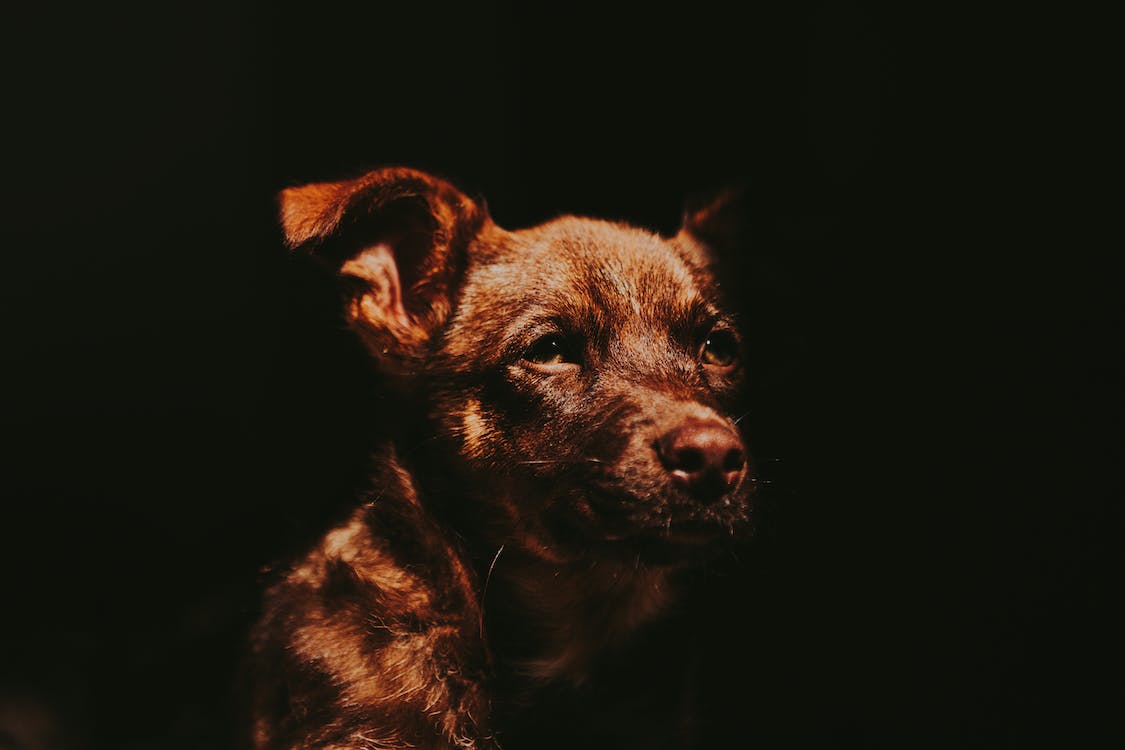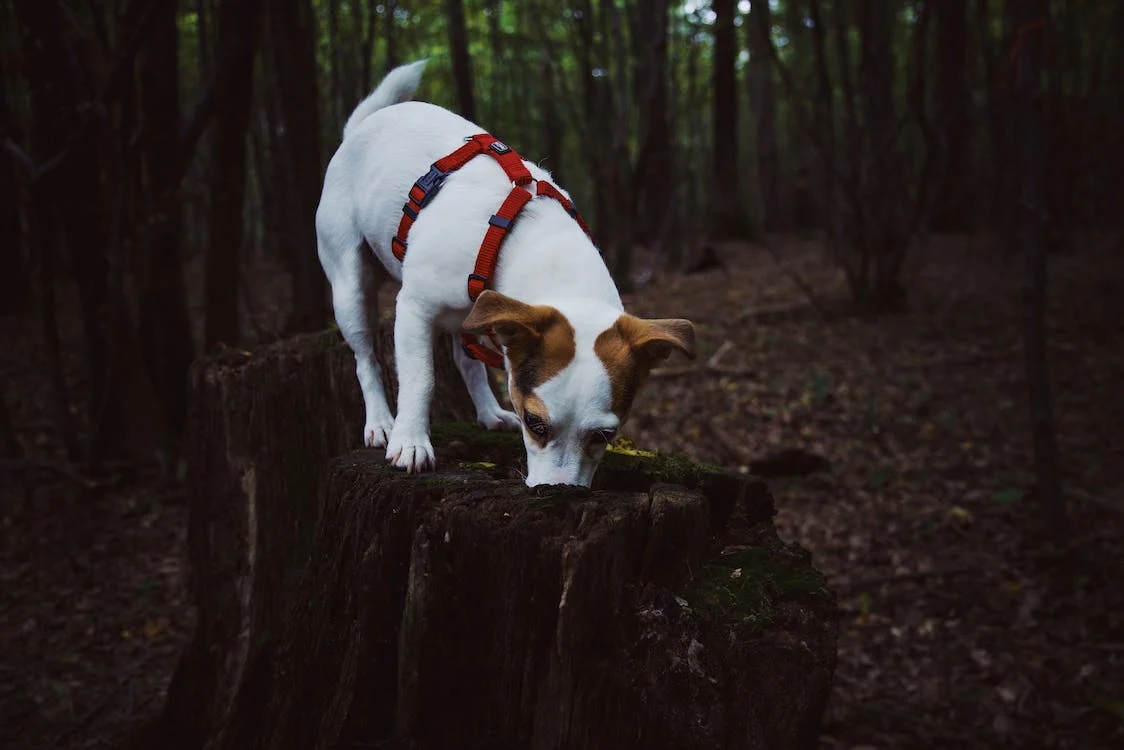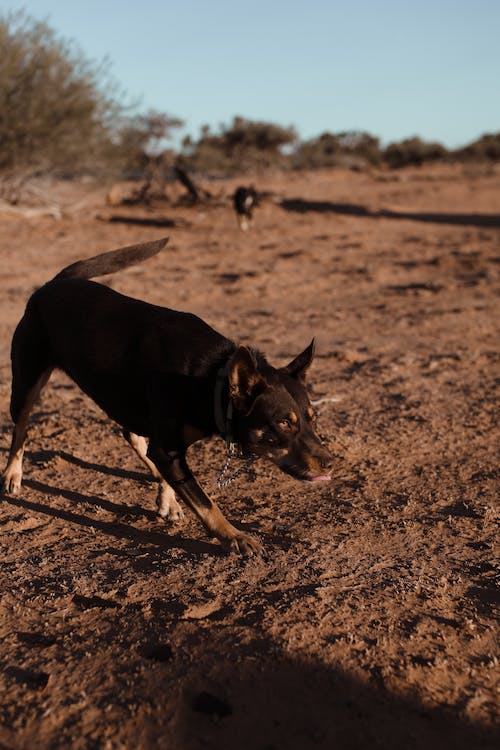As a dog owner, you may have noticed your pup maneuvering around the house with ease in low light. Have you ever wondered, can dogs see in the dark? Your pooch’s ability to navigate when the lights go down comes from key differences in their visual capabilities compared to humans.
While dogs cannot see completely in pitch black conditions, their eyes are uniquely equipped to better perceive shapes, motions, and shades of gray in dark environments. Understanding how a dog’s vision compares to our own helps explain why they are able to get around so well at night.
How Human Eyes Differ from Canine Eyes
Human and canine eyes have some similarities, but also key variations that impact our respective night vision capabilities.
Key Structural Differences:
- More Rods vs Cones – The retina contains two types of photoreceptors that detect light: rods for dim light and cones for brighter conditions. Humans have more cones while canine eyes contain significantly more rods.
- Tapetum Lucidum – Dogs feature an extra reflective layer of tissue called the tapetum lucidum lining the back of their eyes. This mirror-like surface creates a “eyeshine” effect reflecting light back through the retina to enhance vision in darkness.
- Larger Pupil Size – Your pup’s pupils dilate much wider to allow more light into their eyes, especially in low light.
Together, these specialized features equip dogs to capitalize on whatever limited light remains at night.

Exact Night Vision Capabilities
The physical makeup of canine eyes facilitates better nighttime operation, but dogs cannot see complete darkness. Their visual acuity simply shifts more toward light/shadow perception.
- Dogs see best in dim light versus extreme dark or brightness.
- As light fades, color vision diminishes first followed by loss of detail, reducing scenes to silhouettes and outlines.
- Keen motion sensitivity lets dogs detect movements at great distances even with minimal light.
- Enhanced light gathering and motion detection together allow dogs to maneuver well in familiar environments. But perception still greatly reduces after sunset and especially on overcast nights.
In daylight, dogs share similarly sharp vision with people. So while they manage better than humans after dark, daytime perfectly illuminated surroundings is when your pup’s visual capacities peak.
Breed Impacts on Night Vision
All dogs see better in low light compared to people thanks to their specialized eyes. But certain breeds have an edge when it comes to nighttime visual prowess:
Best Night Vision Breeds
- Sighthounds like Greyhounds, Afghans, and Irish Wolfhounds have longer snouts and enlarged pupils letting in more light.
- Working group breeds such as Siberian Huskies and Alaskan Malamutes evolved excellent vision to function in Arctic darkness.
- Poodles, Collies, German Shepherds and other herding breeds also boast superior vision for tracking movements and navigating at night.
Weaker Night Vision Breeds
- Short snout brachycephalic breeds like Pugs, Bulldogs, and Shih Tzus sometimes have more limited scope and light intake.
- Diminished vision can also increase in senior dogs and dogs with certain eye conditions like cataracts.
While physical traits play a role, a dog’s environment and learned familiarity impacts their ability to get around at night as much as genetics.

Do Dogs Have Night Vision? Key Takeaways
To recap the question “can dogs see in the dark”:
- Dogs cannot see complete pitch black darkness. But their eye structure greatly enhances light sensitivity and motion detection compared to people.
- Night vision capabilities allow dogs to perceive shapes, shadows, paths, and movements to navigate familiar areas well in darkness. But visual range, detail, and color is reduced after sunset.
- Certain breeds have excellently adapted vision to capitalize on minimal light. But virtually all dogs share better dim light capabilities than human eyes.
- While dogs manage quite well at night, peak visual perception requires brighter daytime light conditions.
So while your pup has an advantage after dusk, their best viewing remains tied to adequate illumination just like us.
Frequently Asked Questions
Still curious about your canine companion’s ability to see at night? Below are answers to some common questions:
Q: Should I leave a light on for my dog at night?
A: Your dog can likely navigate without a night light in familiar home surroundings. But dogs process some visual cues better than others in darkness. Providing supplemental lighting when leaving them unattended for long periods can help avoid accidents and ensure they feel comfortable.
Q: Do dogs see better than humans at night?
A: Dogs definitively see much better than humans after dusk thanks to retinal structure and light optimization adaptations. Their vision relies less on illumination level and more on motion detection and perception of light versus shadows.
Q: Are dogs color blind in the dark?
A: Dogs lose color perception early in dimming light. Rod cells devoted to low light function best detecting shades of gray rather than color hues. So complete color blindness sets in for dogs when darkness falls.
By understanding dogs’ specialized vision, you can see why your pup excels at nighttime navigation compared to you! But while dogs see better than humans after dark, their eyes remain best suited for peak performance in ample daylight just like us.


